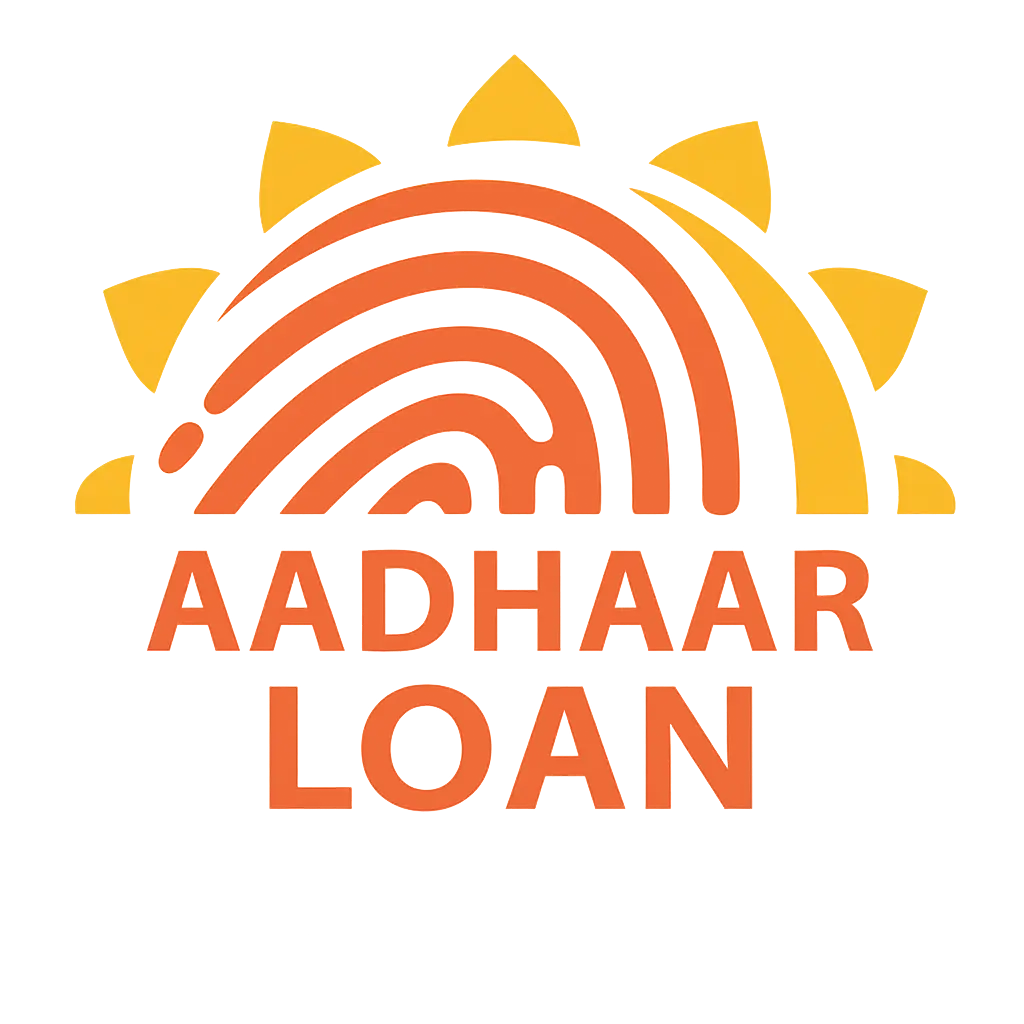Education loans are a lifeline for students in India aspiring to pursue higher studies. They help cover tuition fees, books, and living expenses, making quality education accessible. Understanding eligibility, interest rates, and repayment options is key to using these loans wisely. This guide provides timeless insights into education loans to help students and families plan effectively.
What Is an Education Loan?
An education loan is a financial product offered by banks or institutions to fund higher education. It covers costs like tuition, accommodation, and study materials for courses in India or abroad. In India, banks like SBI and HDFC provide these loans with specific terms. They enable students to achieve academic goals without immediate financial burden.
Business Loan
Get personal loan up to 5 CR
Home Loan
Get home loan up to 50 lakhs
These loans are repaid in monthly installments (EMIs) after a moratorium period, typically post-course completion. They often require a co-applicant, like a parent, to ensure repayment. Education loans are designed to support students from diverse backgrounds. They bridge the gap between ambition and affordability.
Eligibility Criteria for Education Loans
Eligibility for education loans varies by lender but follows common guidelines. You must be an Indian citizen and admitted to a recognized course or institution. For example, undergraduate, postgraduate, or professional courses like engineering or medicine qualify. Both Indian and international institutions are often covered.
Lenders assess your academic record and the course’s credibility. A co-applicant with stable income, like a parent or guardian, is usually required. Some banks also check your CIBIL score or the co-applicant’s creditworthiness. Meeting these criteria ensures smoother loan approval.
Documents Required for Education Loans
Applying for an education loan requires specific documents. You need proof of admission, like an offer letter from the institution. Identity and address proofs, such as Aadhaar or PAN, are mandatory. Academic certificates, like 10th and 12th mark sheets, are also required.
For the co-applicant, income proof like salary slips or ITRs is essential. Property documents may be needed for secured loans above ₹7.5 lakh. Ensure all documents are accurate to avoid delays. Proper documentation speeds up the approval process.
Interest Rates on Education Loans

Aadhar Pe Loan
Get aadhar loan up to 1 lakhs
Personal Loan
Get personal loan up to 5 lakhs
Interest rates on education loans in India typically range from 8% to 15%, depending on the lender and loan amount. Public banks like SBI offer rates starting at around 8.5%, while private lenders may charge higher. For example, a ₹10 lakh loan at 10% over 7 years incurs significant interest. Rates may be lower for top-tier institutions or female students.
Some banks offer floating rates linked to the RBI’s repo rate, which can change over time. Others provide fixed rates for predictable EMIs. Comparing rates across lenders helps you choose an affordable option. Lower rates reduce the overall cost of borrowing.
Factors Affecting Interest Rates
Your interest rate depends on several factors. The course and institution’s reputation influence rates, as premier institutes like IITs often qualify for lower rates. The loan amount and tenure also play a role—larger loans or longer tenures may have higher rates. A strong academic record can help negotiate better terms.
The co-applicant’s credit profile is critical. A high CIBIL score, above 750, can secure lower rates. Some banks offer concessions, like 0.5% lower rates for female students. Understanding these factors helps you plan for cost-effective borrowing.
Repayment Options for Education Loans
Education loans typically have a moratorium period, during which no repayments are required. This period covers the course duration plus 6-12 months after completion. For example, a 4-year course may have a 5-year moratorium. Repayment begins after this period through EMIs.
Tenures usually range from 5 to 15 years, depending on the loan amount. For a ₹5 lakh loan at 10% over 7 years, EMIs are affordable for most. Some banks allow partial interest payments during the moratorium to reduce the burden. Flexible repayment options suit different financial situations.
Government Schemes and Subsidies
The Indian government offers schemes to make education loans affordable. The Central Sector Interest Subsidy Scheme (CSIS) provides interest subsidies during the moratorium for students from economically weaker sections. For example, families with annual income below ₹4.5 lakh may qualify. This reduces the loan’s cost significantly.
Other schemes, like the Padho Pardesh subsidy, support minority students studying abroad. Check eligibility through the Ministry of Education or your lender. These subsidies ease the financial burden for low-income families. They make education loans more accessible.
Tips to Secure an Education Loan
Start by researching lenders for the best rates and terms. Public banks often offer lower rates than private ones. For example, SBI’s education loan may start at 8.5%, while private lenders charge 10-12%. Comparing options saves money over time.
Maintain a good academic record to strengthen your application. A strong CIBIL score for you or your co-applicant boosts approval chances. Apply early to avoid last-minute delays. Preparation ensures a smooth loan process.
Common Mistakes to Avoid
Avoid borrowing more than necessary, as it increases repayment stress. For example, don’t take a ₹20 lakh loan if ₹10 lakh covers your needs. Calculate exact expenses, including tuition and living costs. This keeps EMIs manageable.
Ignoring repayment terms is another mistake. Understand the moratorium and tenure before signing. Failing to submit complete documents can delay approval. Thorough preparation prevents these errors.
Tools to Simplify Loan Planning
Online tools make education loan planning easier. EMI calculators estimate monthly payments based on loan amount, tenure, and interest rate. For example, input ₹10 lakh at 10% for 7 years to see your EMI. These tools help you plan repayments.
Loan comparison platforms like BankBazaar list offers from multiple lenders. They show rates, tenures, and eligibility criteria. Many banks also provide online pre-approval checks. Using these tools ensures informed decisions.
Managing Repayment Effectively
Start repayment planning during the moratorium period. Paying simple interest during this time reduces the principal. For example, paying ₹2,000 monthly on a ₹10 lakh loan lowers future EMIs. This strategy eases the repayment burden.
Budget for EMIs after the moratorium. Ensure EMIs don’t exceed 40% of your expected income post-course. Maintain a good credit score by paying on time to avoid penalties. Disciplined repayment protects your financial health.
Conclusion
Education loans open doors to higher studies for students across India. By understanding eligibility, comparing interest rates, and planning repayment, you can manage these loans effectively. Government schemes and careful planning make borrowing affordable. Start exploring options today to fund your education and secure your future.
FAQs
1. What is an education loan?
An education loan funds higher studies, covering tuition, books, and living expenses. It’s repaid in EMIs after a moratorium period.
2. Who is eligible for an education loan in India?
Indian citizens admitted to recognized courses, with a co-applicant, qualify. A good academic record and credit score help.
3. What are typical interest rates for education loans?
Rates range from 8% to 15%, depending on the lender and course. Public banks often offer lower rates than private ones.
4. When does repayment start for education loans?
Repayment begins after a moratorium period, typically course duration plus 6-12 months. EMIs are spread over 5-15 years.
5. Are there subsidies for education loans?
Yes, schemes like CSIS offer interest subsidies for low-income families. Check eligibility through your lender or government portals.
